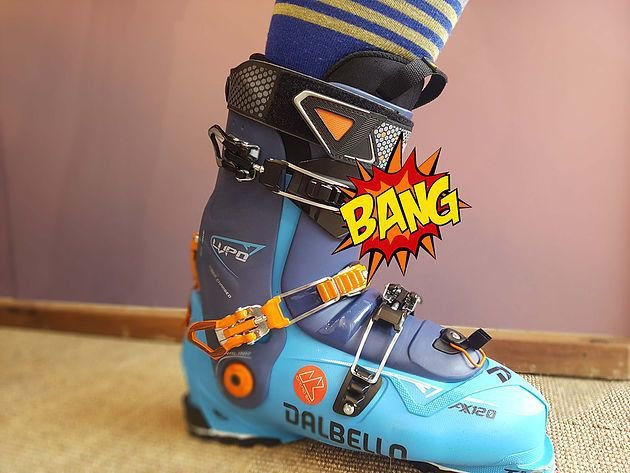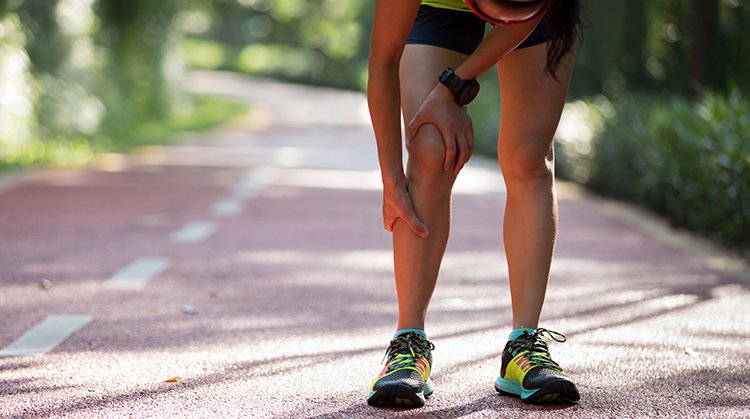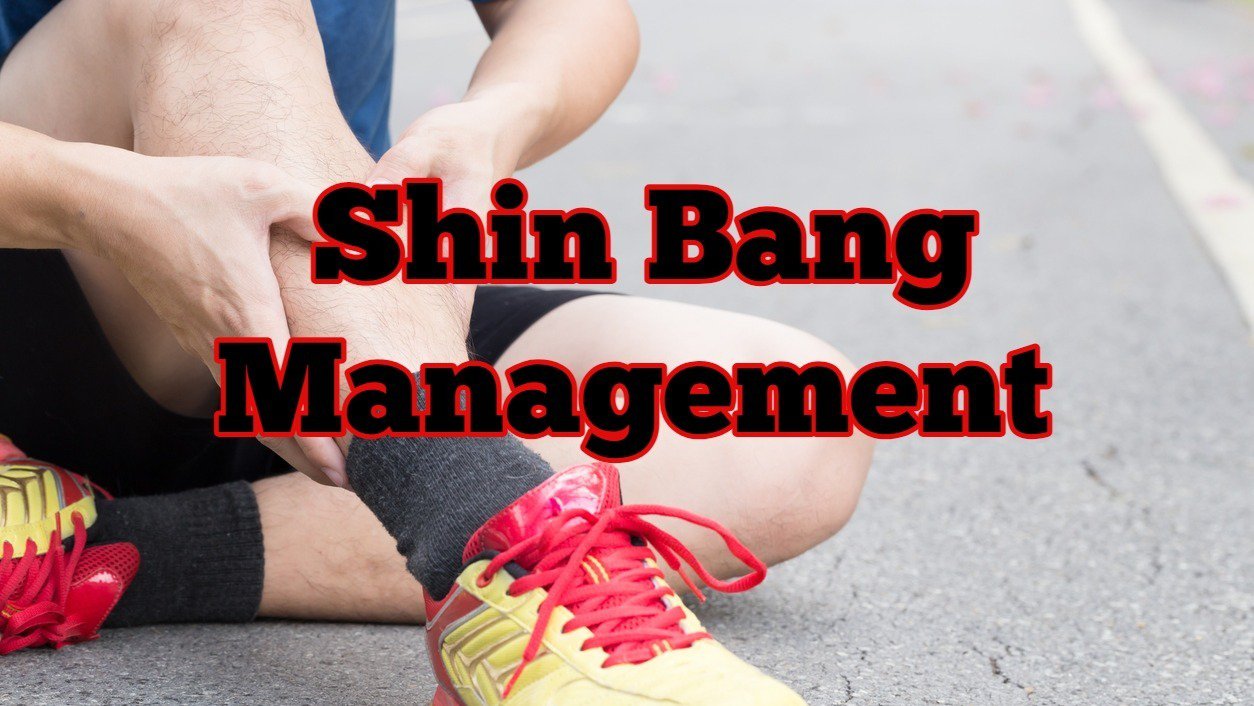Shin Bang?
Hello to skiers across the globe. I hope your winter is treating you well and you’ve landed a few cool things this season. I wanted to take this post to educate about “shin bang”. I see a lot of information going around and I want to summarize my opinion as a physical therapist.
In my opinion there are two types of shin bang that get described in threads. The first type is a very specific/small spot on the anterior tibia (shin bone) that feels bruised and sharp where the boot liner meets the shin. We will call this type 1 shin bang. Type 2 shin bang is described as a deeper aching/ throbbing pain in the lower shin on one side or both sides. I will describe each type of shin bang and what you can do to correct or prevent them from happening.
Type 1 Shin Bang:

This is the type of shin bang that feels like a bruise on the front of the shin. That is basically what it is: An overuse injury from repeated trauma to the tibia.
Causes:
The biggest cause of this type of shin bang is poorly fitting boots, or old boots. Boots that are too large may allow your leg to slide too much in your boot leading to repeated pressure on that spot. Boots with the wrong flex type can contribute. Boots with old, packed in liners can be too harsh on the tibia, leading to bruising.
Fixes:
For boots that are poorly fitting, go to a boot fitter. Booster straps may also assist in keeping a more consistent pressure on the tibia while you're skiing. Trying various sock thickness may help. If you are already experiencing symptoms, trying these corrections while resting and icing for few days will be a good place to start.
Type 2 Shin Bang:

This is the type of shin bang that is deeper and achier, often times felt on the lateral or medial shin area. Shin bang like this is a type of shin splints, aka Medial Tibial Stress Syndrome (MTSS). Shin splints are a common injury seen in runners. The primary cause is overuse, with the muscular tissue not being able to compensate for an increased demand. Basically, doing too much, too quickly. Shin splints have stages and can be properly managed. The stages vary from having pain during the activity which subsides once done, to symptoms lasting days after. The earlier the stage is managed, the better the outcome. So how does this translate to skiing?
Skiing too much, too quickly without having a solid fitness base. Riding and landing backseat also increases your risk for shin bang as this stresses the ankle muscles much more than riding with good form. Poor boot fitment may also contribute to type 2 shin bang.
Fixes:
The easiest ways to prevent shin bang include properly fitting boots, being relatively strong/fit, and skiing with good form. Building up the strength of the ankle muscles, quads, hamstrings, glutes and core may help reduce your chances of shin bang.
If you already are experiencing type 2 shin bang:
Load management is key. This means skiing less hours and less often, however you can reduce volume. You’ll need to pay attention to how severe your pain is and how long it lasts after you are done skiing. Here is a breakdown of the stages. The more severe the stage, the more rest you will need. The goal will be to lower your stage into stages 1-2 during the season. Icing may help with pain but don’t overdo it with ice.
THE FOUR STAGES OF MTSS
Stage 1 – Pain or discomfort which disappears during warm up
Stage 2 – Pain or discomfort which disappears during warm up but may return at the end of activity
Stage 3 – Pain or discomfort which gets worse during activity
Stage 4 – Constant pain or discomfort
Here are a few other ways to manage symptoms and strengthening:
https://www.instagram.com/p/CK36Skol24B/?utm_source=ig_web_copy_link
https://www.instagram.com/p/CLMu9x7FDbj/?utm_source=ig_web_copy_link
Stress Fractures:
Now I don't want to scare anyone, but shin splints and tibial stress fractures are very closely related. Stress fractures tend to have more specific/small area symptoms which are more severe than shin splints. Risk factors are the same, and if you suspect stress fractures, you should see an orthopedic specialist.
A quote from an ortho:
“The biggest thing with a stress fracture is that it’s an imbalance. Your body can’t keep up with the training and the healing process,” she says. “At some point, the damage from training gets ahead of the healing.”
Stress fractures won’t go away without some modification to your training routine, Dr. Goldberg says.
Goodluck to everyone. I know I've had terrible shin bang in the past and I wish I knew how to properly manage it during the ski season. DM me on Instagram @SkiingPhysicalTherapy if you have any questions. Be safe and land gucci!!


Comments